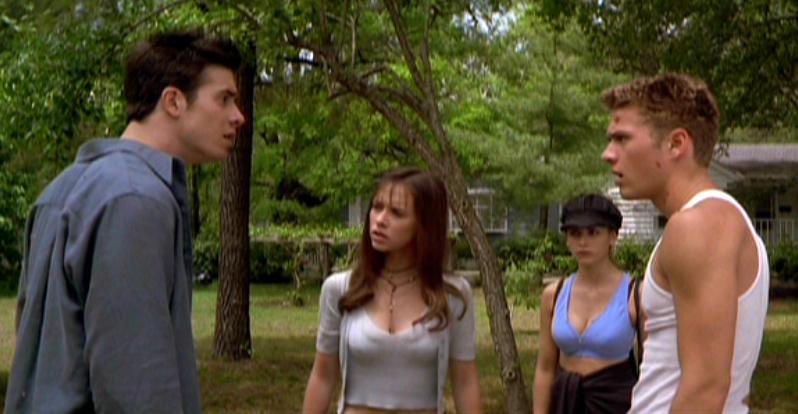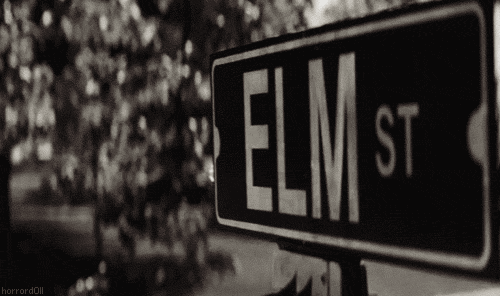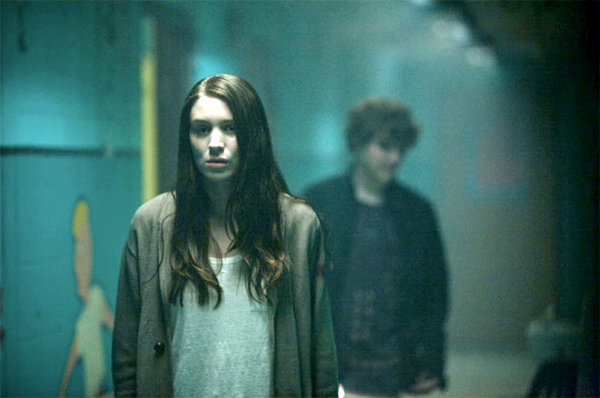Texas Chainsaw Massacre 3D is the most recent installment of the Texas Chainsaw Massacre franchise. While providing viewers with the typical scenes of a slasher film, it also did a good job at flipping some of its expectations on its head.
The film follows Heather, who travels through Texas with her friends to collect an inheritance, which unknown to her, includes her cousin Leatherface.
One thing that I actually enjoyed about this film was that there was an absence of typical masculine roles. I especially like the part when Nikki was handed the shotgun instead of Ryan. And even though she had horrible aim, I appreciate the fact that she was immediately, without second thought, handed the shotgun. So instead of being portrayed as a dainty woman running aimlessly, she buckled down and tried to defend herself and Ryan.
The Ultimate Price of Having Sex
As soon as Nikki and Ryan started fooling around in the barn, I knew they were going to die in the next 6 minutes or less. As you can see, both characters are equally sexualized in this scene. Ryan is shirtless and Nikki is wearing his shirt, insinuating the fact that they just had sexual intercourse.
Shortly after, they hear screaming, hop in a car and it flips over. Expectedly, Ryan is killed instantly from the impact of the crash. Seeing this, Nikki screams, gaining the attention of Leatherface, who despite of her efforts to escape, pulls her out and puts her in a freezer. I guess he was planning on saving her for later.
One thing that set this movie apart from other slasher movies is that this film spent less time gazing at the murder and dead bodies of females. In fact, only two women were seen murdered in this film. Both of those murders were very quick and to the point. The first woman died from a kick to the head and the other died from an accidental gunshot wound to the head.
In this movie, the camera spent more time lingering on the dead bodies and mutilation of men than it did on the women. While women were simply being put into freezers, men were being sawed in half, put on hooks, beat to death and skinned alive. I also feel as if both the men and the women were equally sexualized in the movie. Especially the character played by Tremaine Neverson, who was hardly seen without his shirt off or about to have sex.
The camera only really lingered on one woman, the final girl, Heather. Towards the end of the film, instead of just sawing Heather in half, Leatherface decides to use his chainsaw to rip open Heather's shirt exposing her breasts. This is an expression of his psychosexual fury. Leatherface clearly enjoys peeling back layers off of people before killing them, whether he is peeling back clothes or someone's skin. This completely unnecessary, yet expected scene plays on the idea that porn and horror films are more alike than we may like to admit because they both include a woman being dominated by a much bigger, stronger man, who finds pleasure in that act.
The Eminent Vagina Dentata Scene
It took a while for the movie to have a "vagina dentata" scene but but according to Carol Clover's article and just my general knowledge of the "slasher film formula" I knew it was coming eventually. In my opinion, Mayor Burt had one of the worst deaths. His feet and hands were chopped off and he was thrown into a meat grinder, unable to fend for his life. The yonic meat grinder used its huge swirling teeth to chew him up and spit his blood out. Much like any other depiction of the vagina dentata and in this moment, Burt was completely helpless and emasculated.
More on the Final Girl
Heather, the Final Girl, was actually Leatherface's long lost cousin. So in the end, even though she did have a sudden switch from hyper-feminine to portraying a more masculinized identity, she never had the moment where she killed the monster. Right before Leatherface was going to kill Heather he noticed his family symbol on her chest, out of all places, and spared her life. Later in the movie, Heather ran away but she returned when she realized that Leatherface's life was in danger and saved his life by stabbing the man in the stomach with a pitchfork. This is the moment that her and Leatherface's roles switched. Leatherface was portraying the more feminine, stereotypical damsel in distress role, while Heather turned into a more stereotypical masculine character and saved the life of her cousin.
Overall, this movie did a good job at keeping the essence of a typical slasher movie, while switching up some parts of the traditional slasher film formula.







































